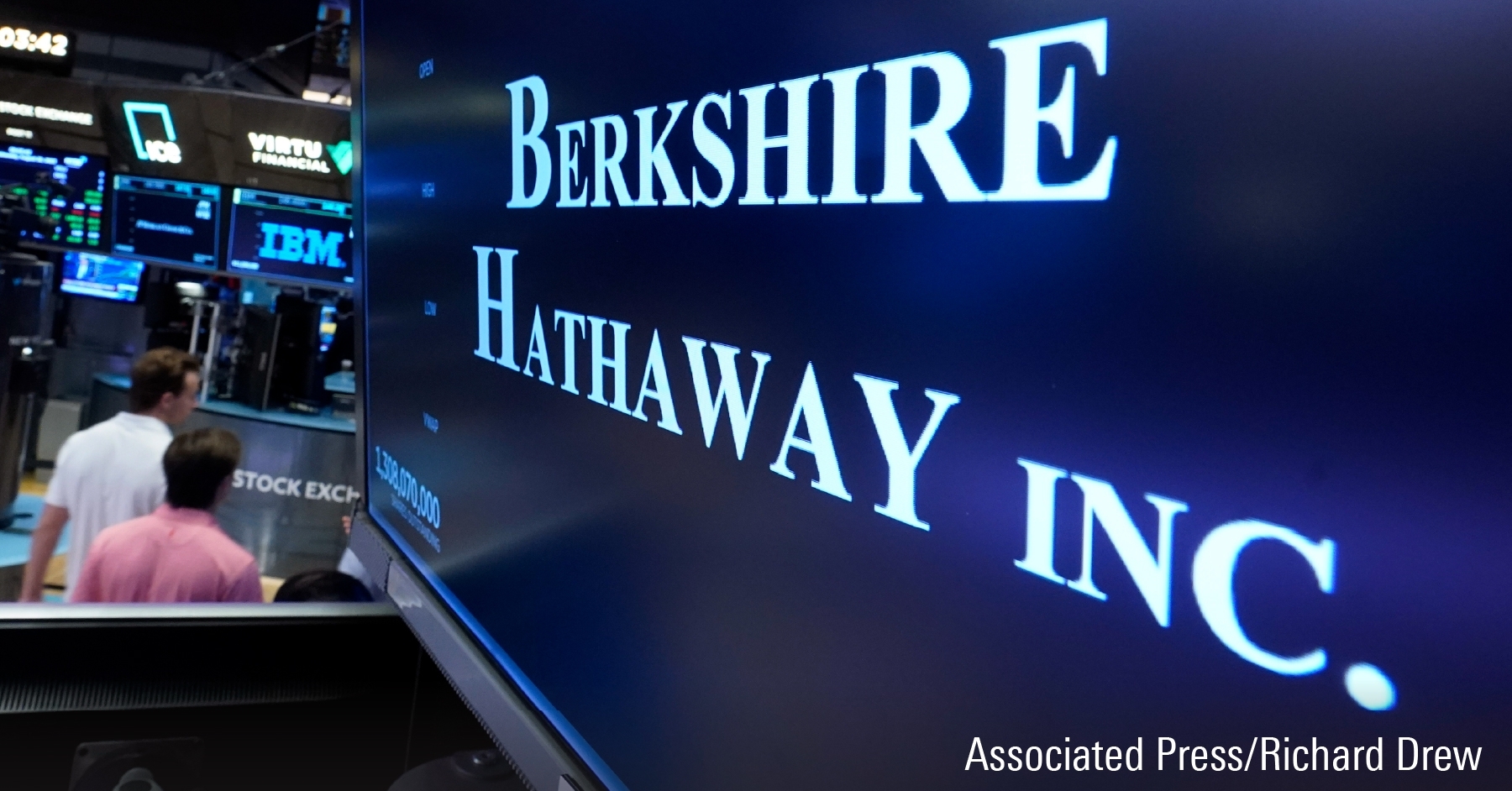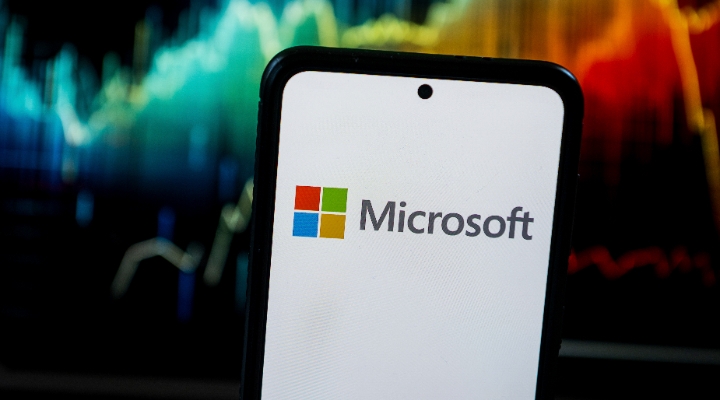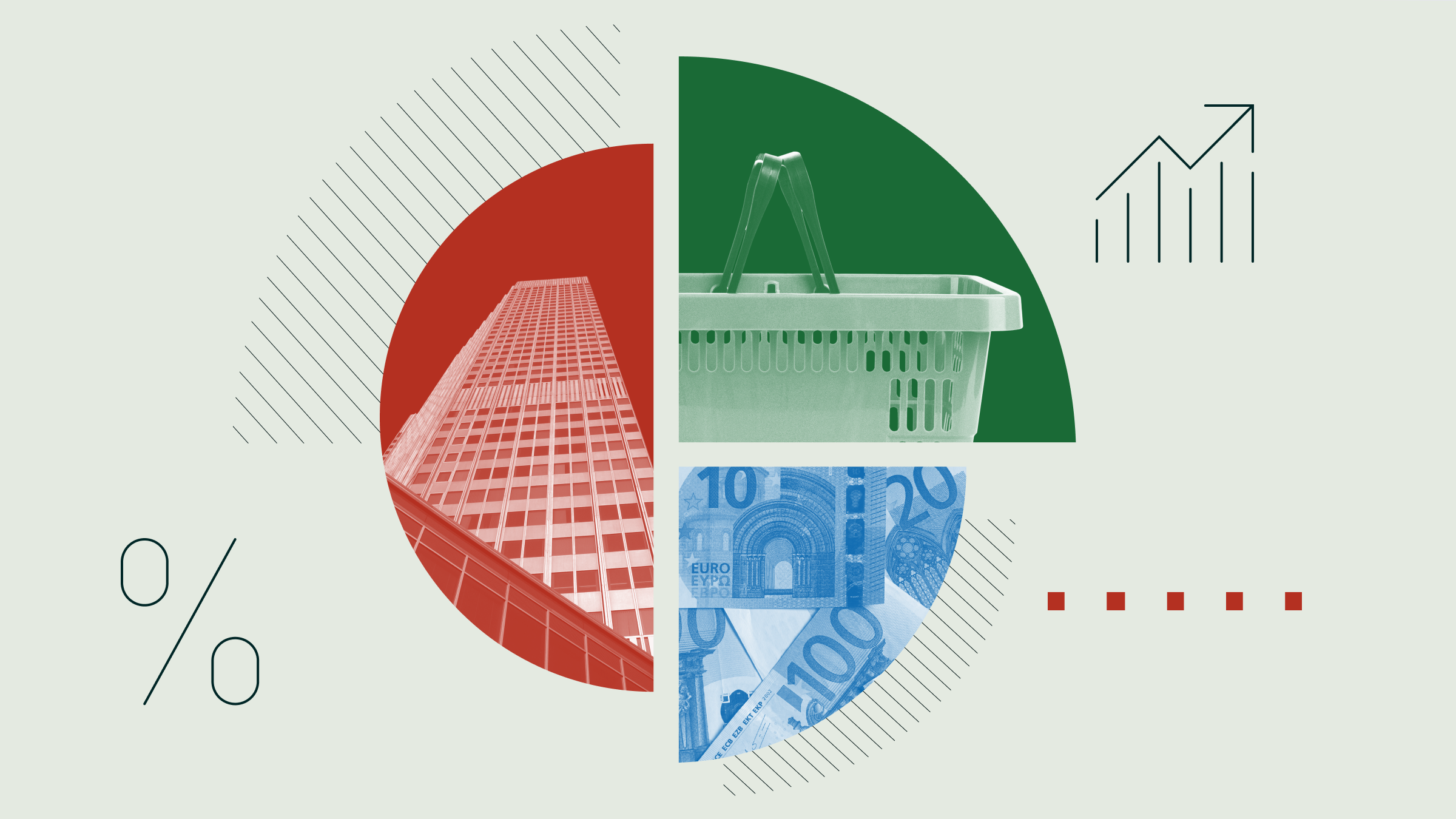Apple reported solid fiscal fourth-quarter results which were modestly ahead of our expectations. However, more important, although Apple's forecast for the all-important December quarter was modestly below our expectations as a result of currency headwinds, underlying demand for Apple's products remain strong and the company isn’t seeing any ill effects from a slowing Chinese economy. Our long-term thesis for Apple remains intact, as does our near-term outlook that fiscal 2016 will still be a growth year for the company. We will maintain our $140 fair value estimate and narrow moat rating for Apple. With shares trading around $115 after hours, we still view Apple as undervalued and consider it to be one of our better investment ideas in technology.
Apple sold 48 million iPhones in the September quarter, up 22% from the year-ago quarter. More impressive, iPhone average selling prices rose 2% sequentially to $670, as the firm continues to sell higher-priced "Plus" models and iPhones with increased storage capacity. iPhone unit sales in greater China were up 87% year over year, and Apple saw no major signs of economic deceleration in the region. Total revenue from Other Products was $3.0 billion, up 15% sequentially, which we think only implies modest revenue growth from the Apple Watch. We remain optimistic that the device will take off at some point, especially as customer satisfaction metrics (per Wristly) are encouraging.
Apple's revenue forecast for the December quarter is in the range of $75.5-$77.5 billion, which would represent only 1%-4% year-over-year growth. However, Apple expects its topline to be hindered by more than $5 billion of negative currency effects in the period. On a constant currency basis, Apple foresees 8%-11% growth. Combined with Apple seeing more switchers from Android than at any point during the past three-plus years, we still think that Apple's competitive position remains as strong as ever.
We continue to see many bright signs for long-term iPhone demand. About two-thirds of iPhone users are still on the iPhone 5s or prior, so Apple's tremendous growth in fiscal 2015 wasn't a function of a one-time push by customers to larger screen phones. In line with our narrow moat thesis for Apple, we still see switching costs enabling Apple to convert the majority of these "smaller screen" customers to larger, higher-priced iPhones in the next couple of years.
Also, half of Apple's iPhone 6 and 6 Plus sales in China this quarter were to first-time customers. While our narrow moat thesis for Apple focuses more on repeat smartphone customers, as we think that switching costs will allow Apple to hold on to most of its user base over time, we're encouraged that the size of the iOS user base continues to rise as Apple attracts new customers. These first-time customers might not be loyal Apple users today, but we remain optimistic that Apple will successfully convert many of these customers to repeat Apple buyers in the long term.
Furthermore, out of iPhone sales which Apple did make to repeat smartphone customers, 30% of those iPhone sales were made to prior Android users. This switching rate is likely a combination of two factors--Apple might not only be gaining even more share at the high-end of the market, but might also be getting entry-level and midtier smartphone customers to trade up to higher-priced iPhones as well. We're much more hopeful to see the latter. Many investors fear that the high-end of the smartphone market has no growth left. We are modestly more optimistic and foresee some long-term premium smartphone growth, albeit at a lower rate than the meteoric rise the market saw in recent years. Yet if Apple can get low-end customers to trade up to the high-end of the market and buy new iPhones, then Apple (and the premium smartphone market as a whole) may still have some room to grow. In turn, our long-term iPhone assumptions of midsingle digit unit sales growth (in line with our estimates for premium smartphone growth as a whole) may be conservative.
Apple also disclosed that $25 billion, or 11%, of fiscal 2015 revenue came from enterprise customers across all product lines, up 40% from the prior year. We remain encouraged by Apple's slow, but steady, growth in the enterprise, as we view corporate customers as relatively stickier than consumers, which may lead to even higher switching costs which could warrant a wide economic moat rating for Apple in the future.
Finally, looking at Apple's forecast for the December quarter of $75.5-$77.5 billion of revenue, we don't think that the firm's new products and services (iPad Pro, new Apple TV, iPhone Upgrade Program in the U.S.) will move the needle very much. Instead, in our view, Apple remains an iPhone story, as it serves as the funnel which allows Apple to monetize all of its other software and services by maintaining premium pricing on hardware, in spite of collapsing prices seen by many Android-based smartphone makers.
We estimate that Apple's forecast implies iPhone unit sales in the high-70 million unit range, or roughly 5% growth from the year-ago quarter, which would be in line with CEO Tim Cook's comments for iPhone unit and revenue growth next quarter. We still believe that the two primary growth drivers for such spectacular iPhone growth in the near term—larger screen devices and distribution with China Mobile—will spur Apple to recognize iPhone growth in fiscal 2016 as well.
Analytikernotat første gang publisert 27.10.2015 på Morningstar Select.























